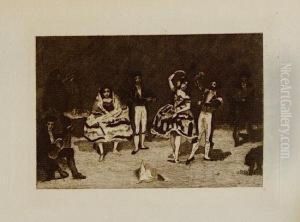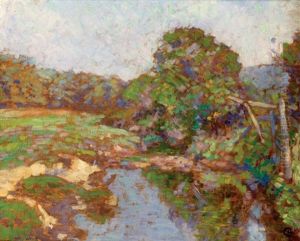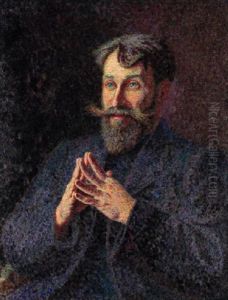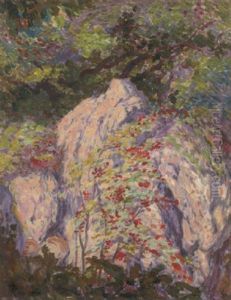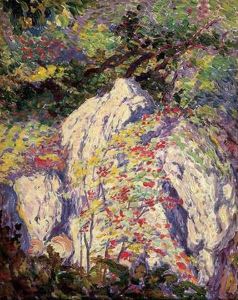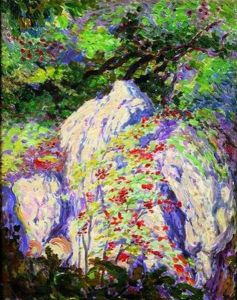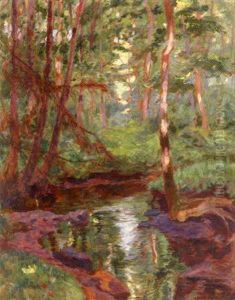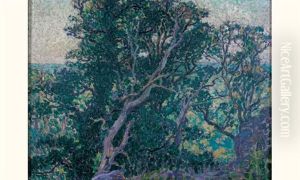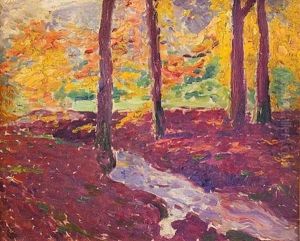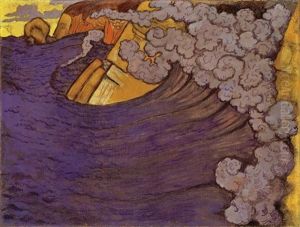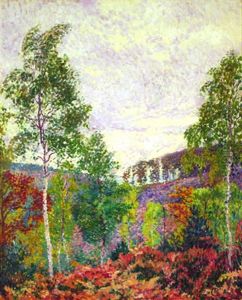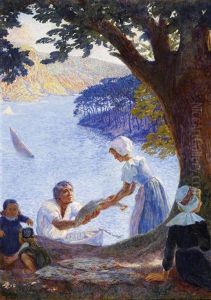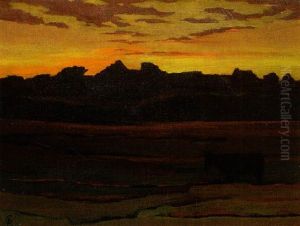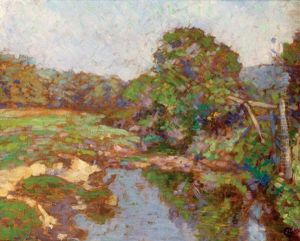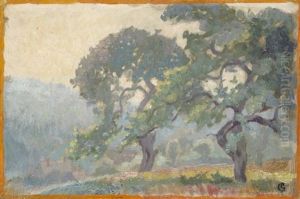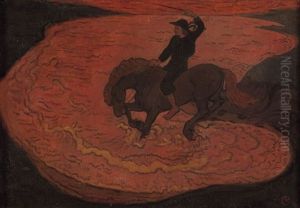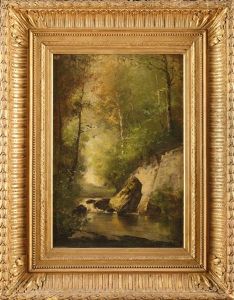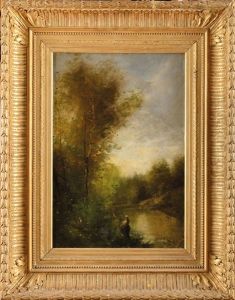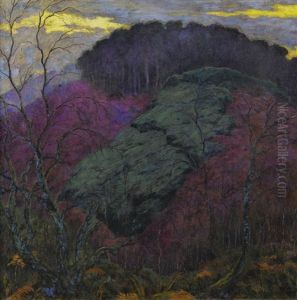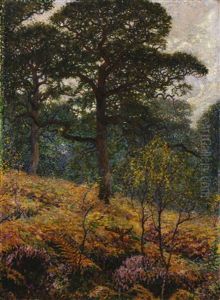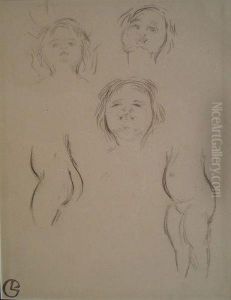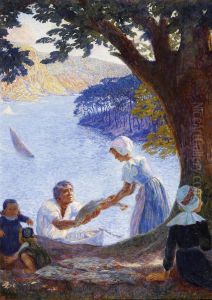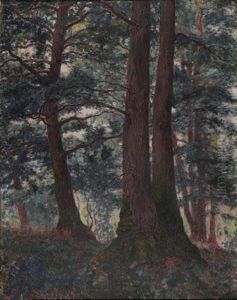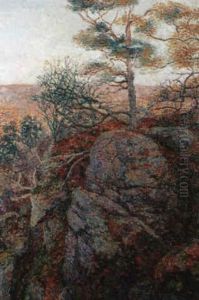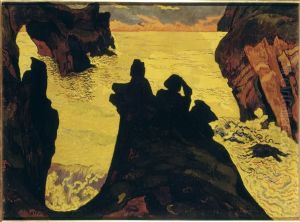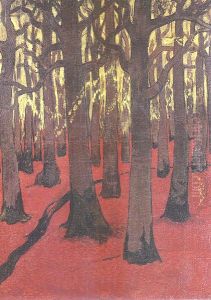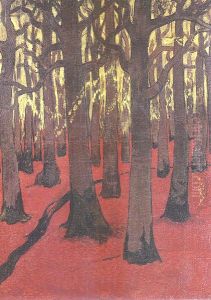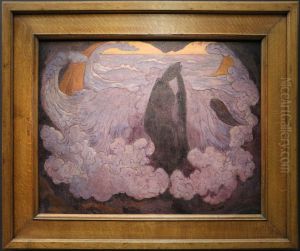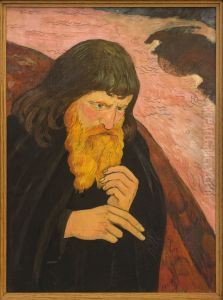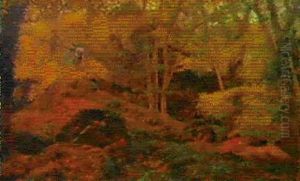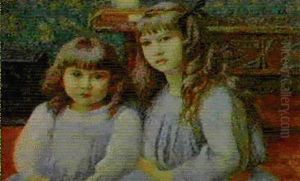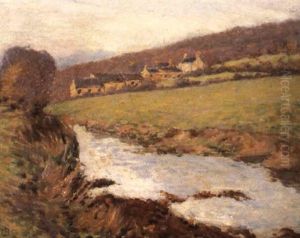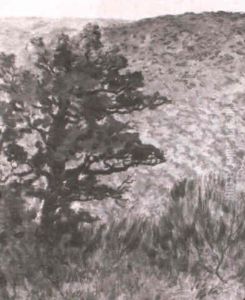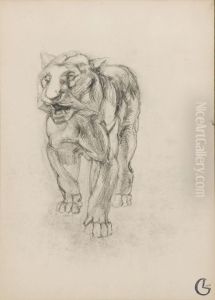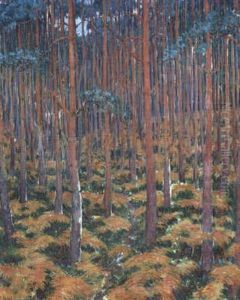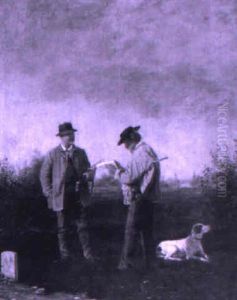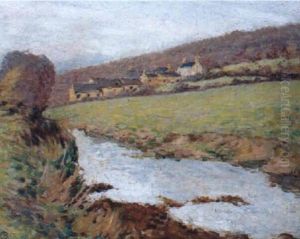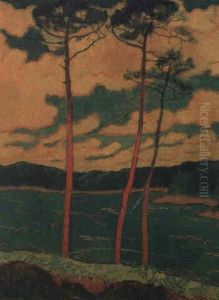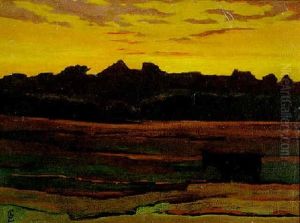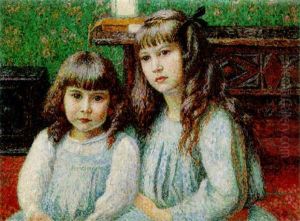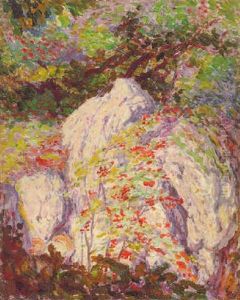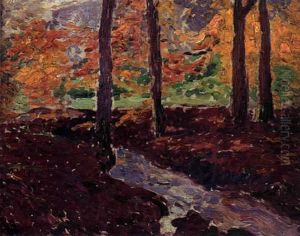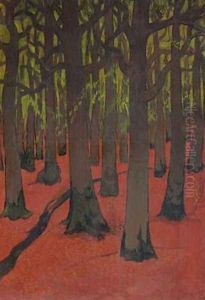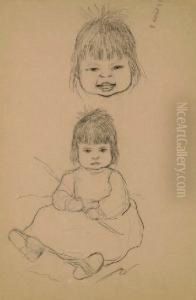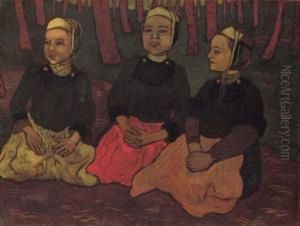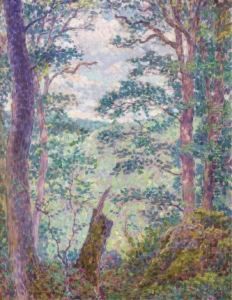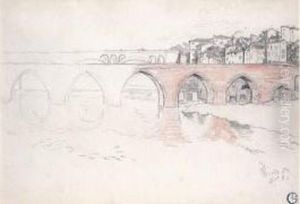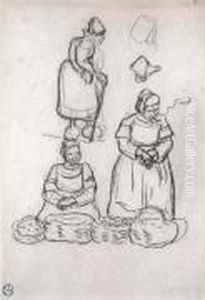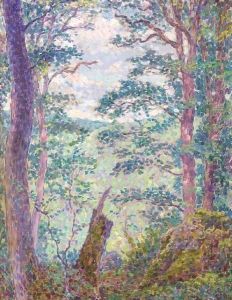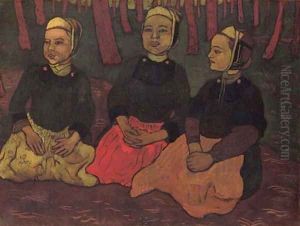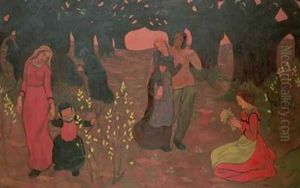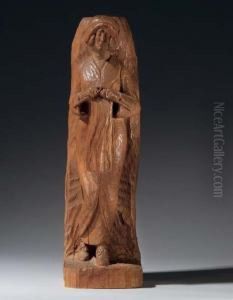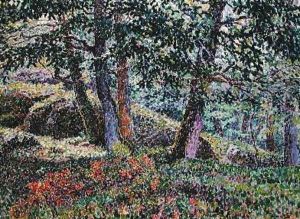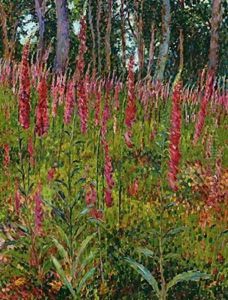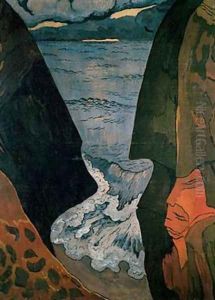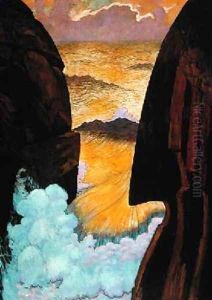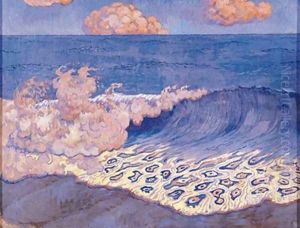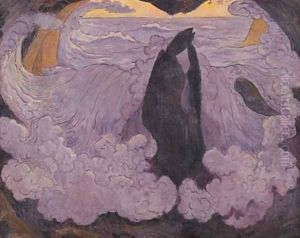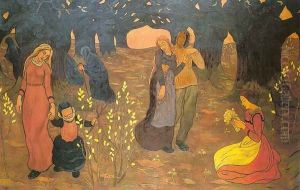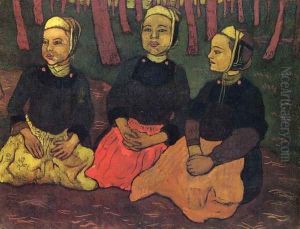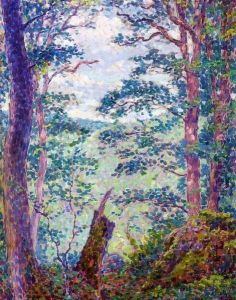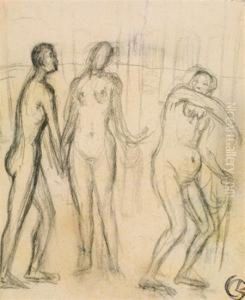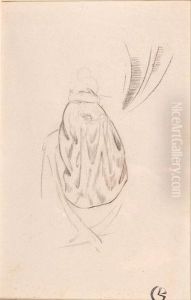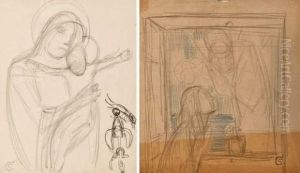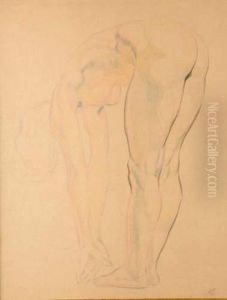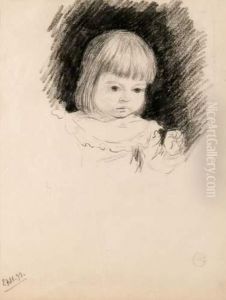Georges Lacombe Paintings
Georges Lacombe was a French sculptor and painter, born on June 18, 1868, in Versailles, Yvelines. He is often associated with the Symbolist movement and the Nabis, a group of Post-Impressionist avant-garde artists who set the pace for fine arts and graphic arts in France in the 1890s. Lacombe's upbringing in a wealthy family allowed him to pursue his interest in the arts from an early age. He studied under the sculptor Louis-Henri Levasseur and the painter Fernand Cormon, who exposed him to the academic style. However, Lacombe's artistic direction changed significantly after meeting Paul Sérusier and Paul Gauguin, whose influence would be pivotal in Lacombe's development as an artist.
Lacombe's work is characterized by a combination of traditional sculptural techniques and the bold use of color typical of the Nabis. His sculptures often display a primitive or archaic quality, reflecting his interest in medieval art and wood carving, as well as non-Western sources of inspiration. This is seen in works such as 'The Man with the Pipe' (1894-1896), where the figure's features and posture are stylized in a manner reminiscent of Gothic art.
As a painter, Lacombe was known for his mystical and symbolic themes, often incorporating marine subjects and Breton landscapes into his work. He spent several periods in Brittany, where the rugged coastlines and the rich cultural traditions of the region had a profound impact on his art. His paintings, like 'Marine Bleue, Effet de Vague' (1893), are noted for their synthesis of form and the vibrant, emotive use of color.
Despite his association with the Nabis, Lacombe maintained his independence and exhibited at various salons, including the Salon des Indépendants and the Salon d'Automne. His work received mixed reviews from critics, with some praising his innovative approach and others finding it too experimental for their taste.
Georges Lacombe's artistic career was relatively short, as he died on June 29, 1916, at the age of 48, just before the end of World War I. Nevertheless, his contributions to the Symbolist and Post-Impressionist movements have been recognized posthumously, and his works are exhibited in many prestigious museums, including the Musée d'Orsay in Paris. Lacombe's legacy is that of an artist who sought to express the spiritual and symbolic through the medium of sculpture and painting, bridging the gap between the traditional and the modern.
